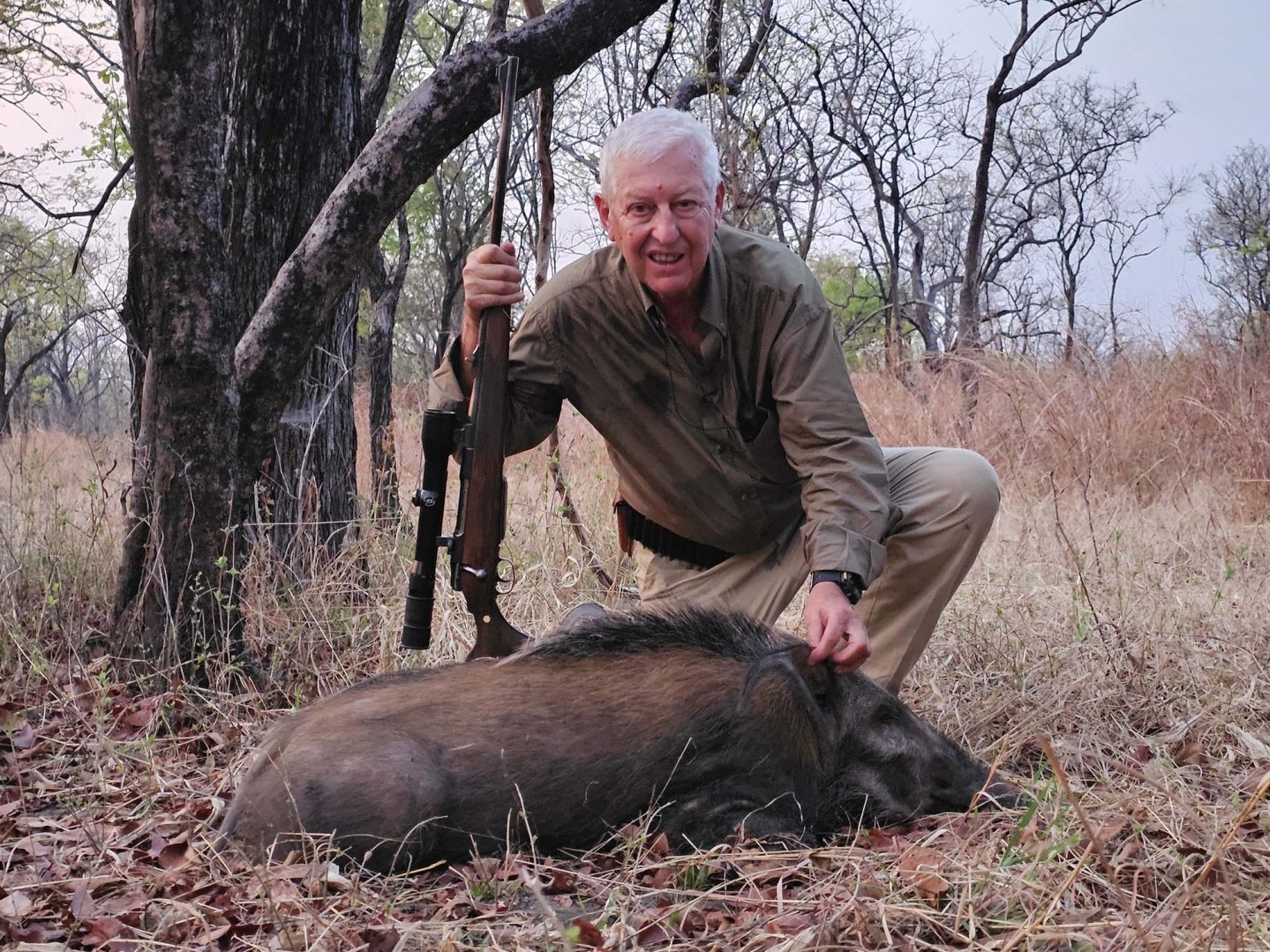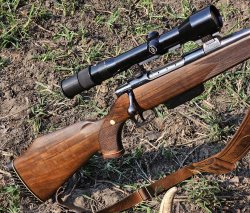
A few years ago, during a course organized by the Italian Order of Journalists at the University “La Cattolica” of Milan, I met one of the speakers, Guido Alberto Rossi, a photographer of international prominence with great professional experience. In addition to having documented the Vietnam War, Formula 1, and much more, he is the one who, aboard his aircraft, made Italian and world cities known through aerial photography published in much of the publishing of the time. His talents, however, are not limited only to photography; in fact, while making small talk, I found out that he is also an excellent marksman and big-game hunting enthusiast.
And so it was that between a long range shooting session and a firearm or ammunition test, we ended up walking together on trails from the Alps to the Apennines hunting for Italian large and prized ungulates.
During one of our sharing moments, while chatting away, Guido told me about some exciting moments of hunting on the African continent.
What I bring you today is not just a technical account of hunting, but a collection of emotions, feelings and life experiences that make the story even more intriguing.
Return to Africa in search of the Big Five
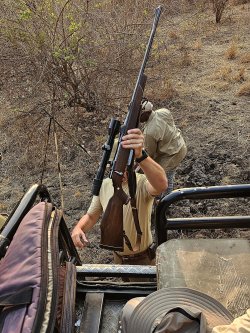
In the past weeks Guido traveled to Zambia where, accompanied by some friends, he retraced those territories to hunt for one of the "Big Five", that is the five great classic African wild animals: elephant, lion, leopard, Cape buffalo and rhinoceros.
When we talk about hunting in Africa, we turn to firearms and ammunition that are the epitome of history and tradition and that enjoy an iconic place on the world stage. Today, specifically, we are going to talk about the .375 H&H, a cartridge that Guido became acquainted with in 1986, thanks to the advice of Zimbabwean PH Harry Beney, with which he hunted eleven times: he then went on four more safaris in Tanzania.
On the latest African trip, as well as in the past, Guido brought with him one of his Sauer bolt-action rifles in .375 Holland & Holland, which he purchased after his first safari in which he had participated with some rifles loaned by Beretta.
Guido is an excellent marksman; among the record-breaking feats in antelope selective hunt, he scored five kills within minutes, so much so that he was given a bizarre nickname by local guides.
What was your first African prey?
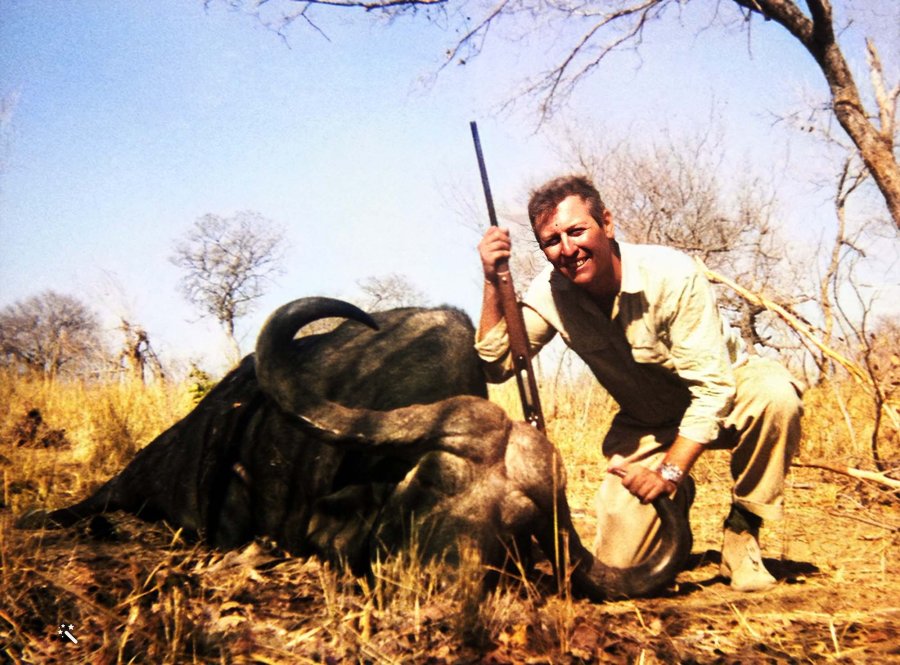
"Well, I remember it was a wildebeest, while the biggest one was an elephant."
What other animals did you hunt?
"Impala, kudu, sable, bushbuck, warthog, bushpig, eland, crocodile, waterbuck, lion, buffalo."
What were the main features of the bullets you used in your ammo in relation to the prey?
"On buffalo and elephant I always used solid bullets, while for antelope, lion and crocodile I used soft noses."
What optic do you have on your Sauer 90 rifle?
"I have a Zeiss Diavari-Z 1.5- 6x42 scope zeroed in at 100 m. On buffalo, which is the game I hunt most, the average shooting distance was between 40 and 70 meters for the longest shot. My Sauer in .375 H&H has 3- and 4-round magazines, in many decades of use it has never given any problems. The ivory drop in the grip is from the first elephant I killed."
I know you killed over 50 buffalo during your years of hunting in Africa. Are there any that stuck with you?
“Yes, and with your permission, I would like to tell you its story.”
Long John Silver
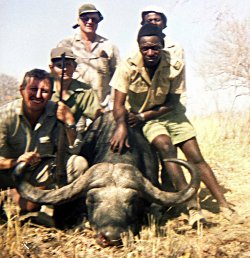
“With Harry Beney, I think we were on our seventh safari, and by then that barrier between client and Professional Hunter had long since fallen. We were mostly two friends enjoying Africa, and the thing we enjoyed most about African hunting: buffalo! We had already hunted many of them together and when we saw them, also to identify the one to shoot, we often would give them a nickname. And so that day when we met the big male with its snout whitened by dry mud, we named it Long John Silver. Long because of its horns (just over six feet – It would turn out to be the second largest buffalo killed that year in Zimbabwe) and Silver because of its almost silvery white snout.
We had been on its trail since dawn, then around eleven o'clock it and its two companions saw fit to join a herd, and here the trouble began: lots of big and small animals with lots of eyes, noses and ears, not to mention the petulant little birds that raise the alarm and at the slightest suspicious noise make everyone run off at a gallop. This was the case twice more, and by that time the hope of being able to approach the herd was zero, and so Harry thought of a different strategy: 'Let's leave them alone, then around four o'clock in the afternoon they'll have to go drinking, and if we can cut them off, we have a good chance of ambushing them.' Said and done: there were three trails leading to the river and you obviously had to be on the right one.
We sent Bembeto, our magical tracker, out scouting and after a while he came back with the right answer: we had enough time to find a place with a minimum of vegetation that would have hidden us and at the same time give me a good angle to shoot. It would have been a chest shot from the front, assuming Long John Silver was leading the herd as it should have, but we all know that in hunting expectations are often disappointed. It went just as planned instead: it was in the lead with other big males alongside and advancing toward us followed by maybe 80 other animals. I had the .375 with the scope set to 4X zoom factor comfortably resting on the stick. I waited for the buffalo to get within 70 meters and I fired. Hit. General confusion and the whole herd retreated about 150 meters. Harry said to me, 'Run, let's get closer!' Unbelievably, we were four frail humans in front of a wall of muscle and horns that could effortlessly turn us into hamburgers and instead looked at us with curiosity. We gained the meters we needed, I positioned the stick and fired the second shot, also right in the middle of its chest.
Same as before, everyone ran a little further back and looked at us. Half-jokingly, Harry asked me between if I had shot the right one, I jokingly replied, 'I don't know, there were so many maybe I've hit two.' Out of the corner of my eye I saw that he didn't believe me as we walked toward the herd, which looked at us, a bit nervously at that point, then deciding to turn around and gallop away, while Long John Silver and its two companions decided to break right into the sparse brush. I fired the third shot when it was on the move, but by now very slow, and I slowed it down further. I took the scope off the rifle and shortened the distance to about thirty meters, where I fired the fourth and fifth shots: it fell on the ground, its companions ran away, and in spite of everything, it kicked and tried to get back on its feet. I got about ten meters closer and fired the sixth and final shot in its neck. The whole thing practically from dawn to dusk.”
The .375 Holland & Holland cartridge
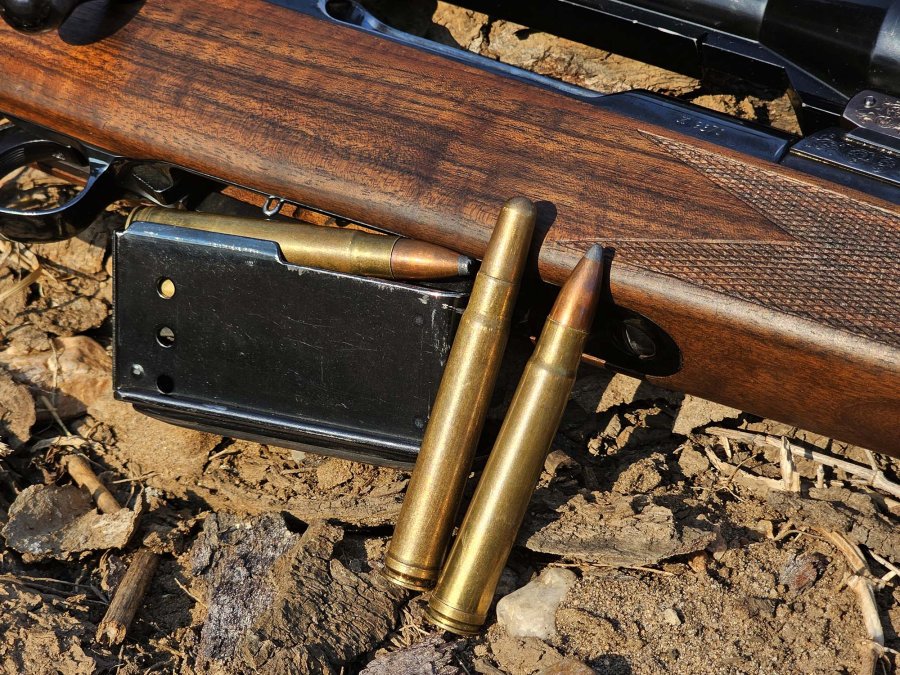
The cartridge featured in our story represents one of the last glimpses of firearm colonialism. In fact, it was introduced in 1912 by the London-based Holland & Holland company as a cartridge for African hunting, specifically designed for use in bolt-action rifles. Developed to counterbalance the German 9.3x62 cartridge introduced by Mauser a few years earlier, the .375 H&H enjoyed a flattering success that endures to this day.
More than a hundred years after its introduction, it represents the pinnacle of cartridges for hunting thick-skinned and dangerous game and is certainly one of the most versatile "African" calibers.
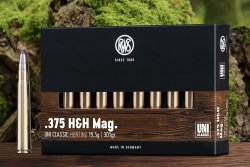
Introduced to the market under the full designation of .375 Belted Rimless Nitro-Express, it was the second cartridge to be offered with a rimless case design, but featuring a belt that was responsible for ensuring proper head space. Another peculiarity of the original cartridge was that it was loaded with cordite filaments. This type of smokeless propellant, which was more efficient than black powder, gave the cartridge considerable energy but was also very sensitive to ambient heat, which in extreme cases (but not unlikely in Africa) caused a potentially dangerous increase in pressure. For this reason, Holland & Holland's engineers decided to give the .375 a relatively low working pressure and a light bullet crimp, so as to ensure absolutely reliable chambering and extraction, even under considerable temperature variations. This certainly contributed to the reputation as an exceptionally reliable cartridge that still surrounds the Holland & Holland .375 cartridge.
Let's look at some data: the .375 Belted Rimless Nitro-Express mounts a .375 buillet equal to 9.5 millimeters on a bottleneck case with a length of 2.85 inches corresponding to 72.39 mm. The length of the complete cartridge is 3.60 inches (91.44 mm). The primer is a Large Rifle type.
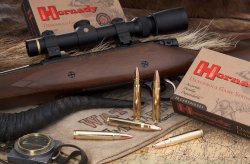
Even today, the .375 Holland & Holland is still commercially manufactured by numerous companies such as RWS, Sako, Federal, Norma, Hornady and others, with bullet weights ranging from 235 to 350 grams and a muzzle energy approaching 6,000 joules.
The list of industrially manufactured bolt-action and break-action rifles chambered in .375 Holland & Holland is also long. Besides the already mentioned, Sako with the 90 and 100 models, Mauser with the 03 model, CZ with the 550, Sauer with the 90 and 02, Ruger with the M77 African, all bolt-actions. As for Express models, we can mention the Sabatti Safari Big Five, the Krieghoff Classic, as well as the legendary Royal by Holland & Holland.


